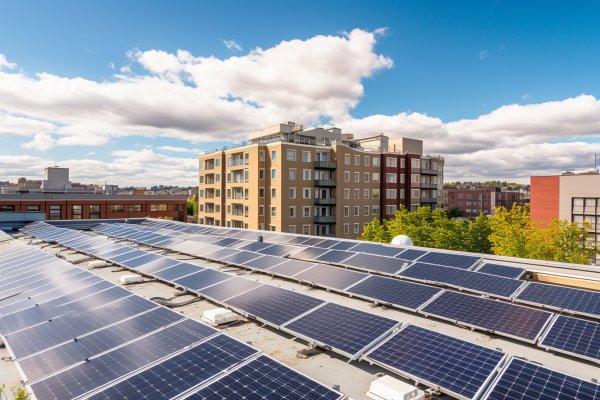
This proposal presents a collaborative project involving the Penn State Berks and University Park campuses. The project belongs under the Future Energy Supply IEE theme, with significant connections to the Smart Energy Systems theme. We will create an integrated framework for optimizing the configuration, sizing, and management of energy storage systems in smart buildings and microgrids. This framework will be scalable to microgrids of different sizes. However, our initial demonstration efforts will focus on small-scale DC microgrids. These are controlled areas, typically no larger than a few rooms, in which electrical energy is distributed in a manner that may be independent of the standard AC power grid. The Berks campus already operates a small-scale microgrid. We will utilize this microgrid to apply the proposed research to real datasets and disseminate the research to a diverse audience of students and industry partners.
The proposed work is motivated by: (i) the need for renewable electricity generation to reduce global greenhouse gas emissions, and (ii) the rapid decline in the cost of renewable assets such as photovoltaics (solar). Due to these factors, renewable electricity generation is growing rapidly. This growth can create instability in traditional power grids, especially when renewables exceed 15 - 20% penetration. Energy storage can address this instability by accommodating renewable generation intermittencies. However, there is currently no credible scientific framework for optimizing the sizing and management of stationary energy storage for sustainability. Such a framework is critical for answering questions such as: (i) How does the utilization of storage assets affect their aging, degradation, and, therefore, sustainability? (ii) Given the tradeoff between storage utilization and degradation, what is the optimal mix of storage technologies (e.g., batteries vs. ultracapacitors vs. thermal storage) for a given microgrid, and what is the optimal control policy for managing this mix?
Previous work by the investigators provides a foundation for addressing the above fundamental challenges. The Penn State Berks campus has an existing microgrid facility consisting of a rooftop solar array, advanced lead-acid battery energy storage, and a DC microgrid distribution network that powers all of the lighting in a campus classroom. The University Park campus has developed an extensive library of physics-based performance, temperature, and degradation models of electrochemical batteries. Our model library covers both valve-regulated lead-acid batteries (VRLA) as well as multiple lithium-ion battery chemistries. Our campuses will work together to (i) obtain real electricity generation and demand datasets from existing Berks facilities, (ii) formulate realistic energy storage system optimization studies based on these datasets, and (iii) tackle these studies using existing physics-based battery models at the University Park campus. This work has significant intellectual merit and will provide the seed results necessary for an NSF proposal on the optimization of energy storage system selection, sizing, and management for microgrid applications. Our project will also have significant broader impact: it will provide Berks undergraduates with valuable research experience and provide University Park graduate students with valuable mentorship experience. It will also create a new pipeline for the recruitment of outstanding graduate students, particularly female and underrepresented minority students, into the graduate program at University Park.
Researchers
Hosam Fathy


